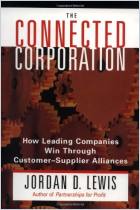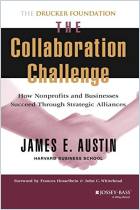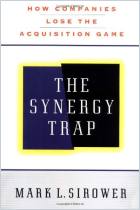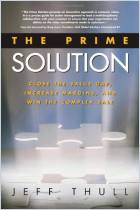Wilma W. Suen spent five years researching why half of all corporate alliances fail, and she shares her valuable insights in this book. While she hasn’t come up with a formula you can apply to determine whether to form or break an alliance, she does provide principles to keep in mind as you try to understand your alliance and its member companies. She provides real-world examples to illustrate her points. If you are considering an alliance, doing business with one or are already involved in one, getAbstract recommends this inside look.
High Expectations, Disappointing Realities
Most companies enter into alliances with hope, become disappointed by the realities of implementation and end up believing that the failure of the alliance was somehow their fault. Much of the business literature about alliances exudes optimism, reinforcing common misperceptions. Management guru Peter Drucker, however, referred to alliances as “dangerous liaisons.” About half of all alliances fail. Why is the reality so different from the expectations? What causes the breakdowns?
Alliances are important tools. They can help you achieve your strategic and tactical objectives. However, as with all tools, you must use them correctly in appropriate situations. Alliances have these characteristics:
- The parties remain independent.
- Each contributes resources.
- Each shares risks and benefits.
- Each has only limited control of the relationship.
- The participating entities may have various levels of commitment and contribution.
Even in the rosy glow of a new alliance, remember that your allies are still your competitors. Alliances are temporary; they’re not marriages. If your competitor...













Comment on this summary